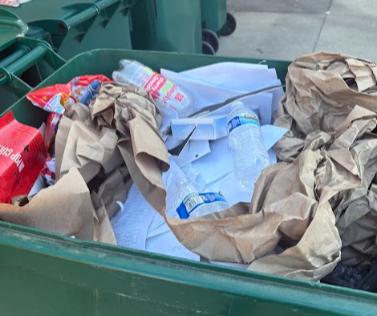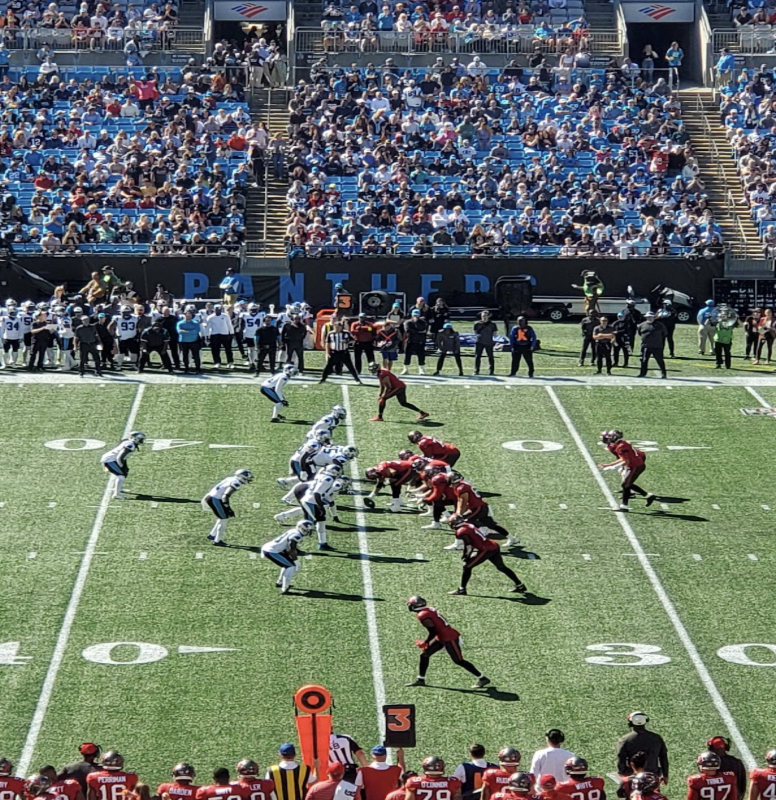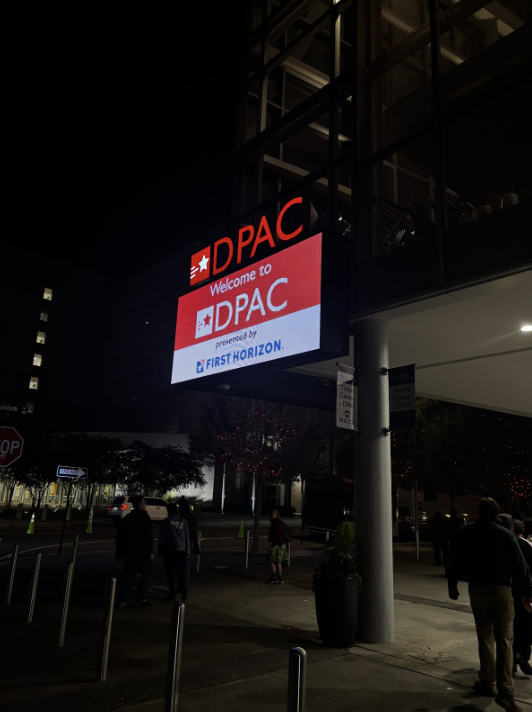Many taxpayers are aware of inflation, which consistently polls as one of Americans’ top priorities during the election season, but they leave out a key component when considering issues that need acknowledgment. Inflation measures how much goods and services increase in price over time. Due to media and news coverage closely monitoring the rising prices on the consumer pricing index, a recent phenomenon that has received particular attention is the trend of shrinking portions in grocery stores and rising prices.
Economists narrow the issue of shrinking portions to two main causes: inflation-induced “shrinkflation” that focuses on supporting corporations through economically rough patches or the raising of prices due to corporate interests for maximizing profits.
When asked to explain this phenomenon, Green Hope economics teacher Ms. Kimberly Mackey detailed the economic conditions that led to shrinkflation. She stated, “Some shrinkflation is instigated by cutting cost of production to weather economic cycles and sometimes it’s prompted by “greedflation” motivated by a desire to increase profit margins despite no change in cost of production or economic downturn.”
Evidence of greedflation is not hard to find. For instance, over the years 2020 to 2022, inflation rose by 14% while corporate profits grew by 74%. The considerably larger growth in corporate profits shows that inflation was not the only factor at play. The increase was partially caused by selling consumers fewer products for the same price, causing a more frequent need to buy.
Mackey explained that many companies raise prices in an attempt to not fall behind in profits. “There’s a “contagious” effect where some companies use shrinkflation as a coping strategy to weather business challenges but others who don’t face the same challenges may follow suit to squeeze profit margins,” she said.
However, most of the products impacted by these price changes are consumer products purchased by ordinary Americans. The per-unit price of household paper products, like toilet paper and paper towels, has increased by 34.9 percent in the last five years. Analyses of these show that 10.3% of that was due to shrinking the sizes of the rolls and packages. Additionally, snack foods like Oreos Doritos and others increased by 26.4 percent in per-unit price since January 2019 and 9.8 percent of that price increase was due to giving families fewer chips and cookies for their dollar.
What many manufacturers have not been taking into account is the fact that many families need those extra few chips and already struggle to pay for basic necessities. The American consumer is getting less and less for their money while corporate profits continue to grow. While shrinkflation is a good tactic for helping businesses get through economically tough times, it is making it progressively harder for the average American to do the same.
Considering all this, it is apparently obvious that a system based around shrinkflation is unsustainable and will not be a reliable solution in the future to get through economic downturns. Another solution will need to be found.













































































